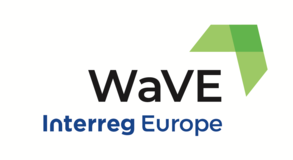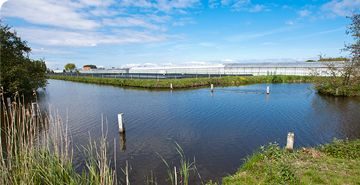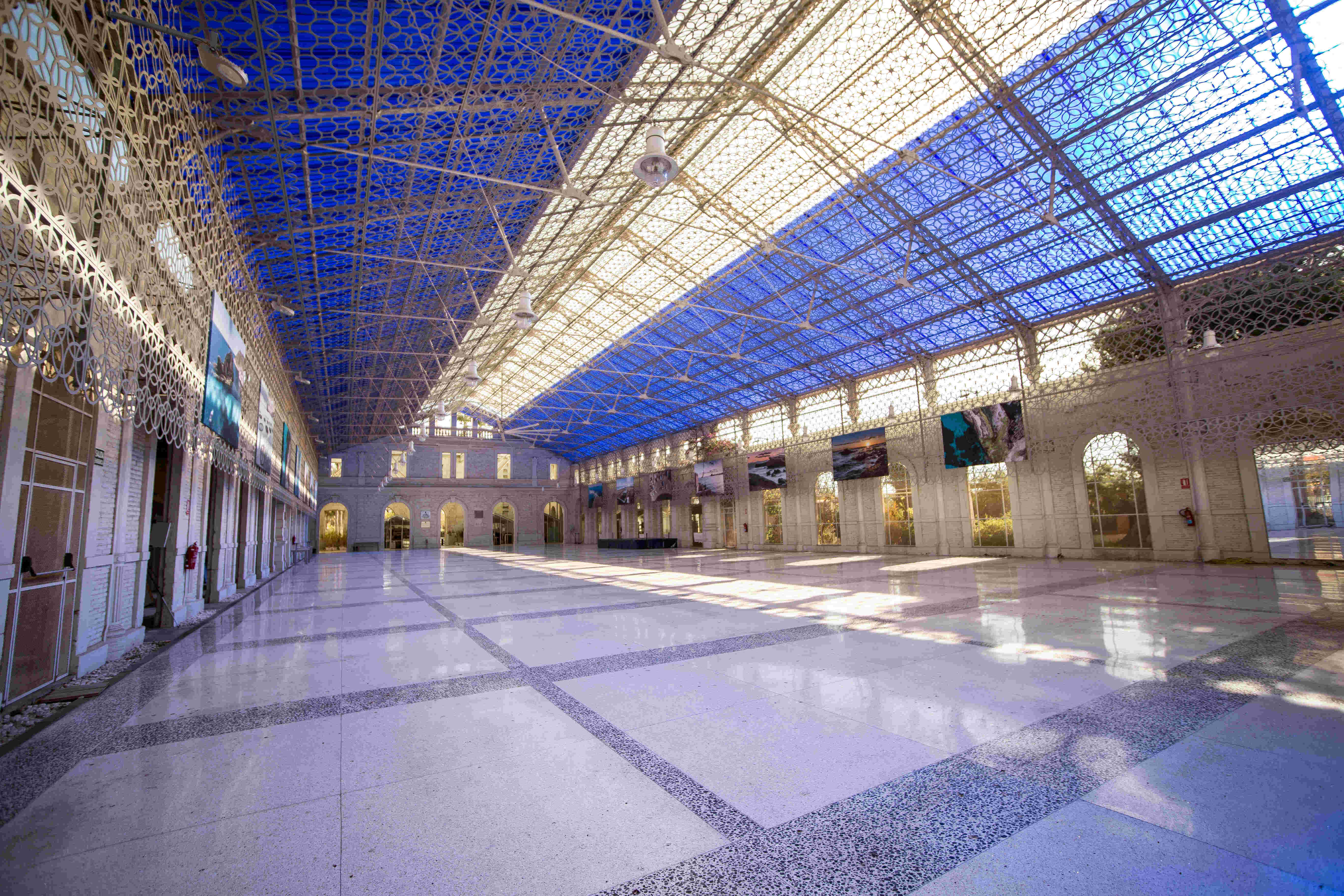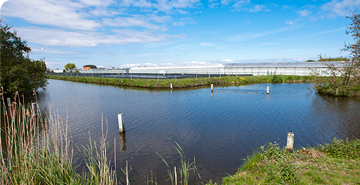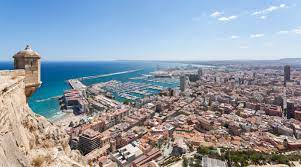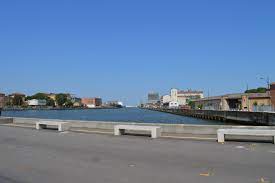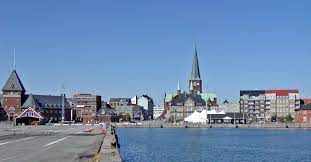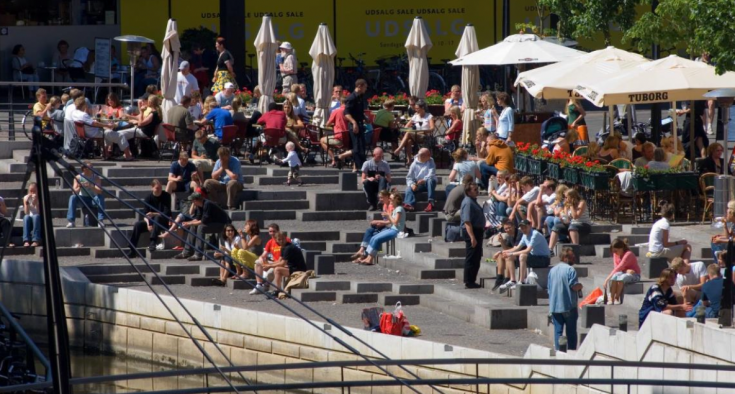1. What policy instrument are you going to influence with your Action Plan? What kind of change do you want to achieve?
We are going to influence the Interreg V-A Slovakia-Hungary Cooperation Programme 2021-27.
Our 1st action in our Action Plan is a pilot action funded by Interreg Europe in WaVE which we have implemented by the beginning of 2022. We are planning to extend the tested pilot activities to all the 82 settlements of the region developing a new integrated water-related heritage valorisation project completed with investment-type of activities to renovate the heritage sites. The project will be submitted to the SK-HU CBC Programme 21-27 with the leadership of Ister-Granum EGTC and in partnership with the involved settlements. In the frame of the pilot, the draft version of the project proposal has been already prepared.
Furthermore, the pilot is going to improve the management of the policy instrument by testing a participatory, long-term project development method for the integrated valorisation of heritage to increase the cross- border character and effectiveness of SK-HU projects. After testing this method, we can prove to the MA our proposal for a policy change which needs to be made in a measure of the Programme which supports integrated projects.
2. How many actions does your Action Plan consist of? Would you briefly illustrate them?
We have 2 actions in our AP:
ACTION 1: Implementation of a research identifying tangible and intangible water-related heritages with a special focus on traditional water-related occupations and legends; and create thematic routes along these heritages applying storytelling.
ACTION 2: Implementation of a scaled-up version of the pilot action completed by revitalization or establishment of heritage sites.
The main concept of the action plan is to systematically discover tangible and intangible heritage in the region by the practices learnt from the project partners and create thematic routes along heritage sites providing a strong communication campaign and promotion for the routes. Action 1 is fully implemented from Interreg Europe pilot budget, therefore action 1 is the pilot action itself. While action 2 will be the extended version of the pilot into an integrated heritage valorization project also including investment type of activities.
3. What lessons learned/good practices have inspired the development of the Action Plan?
The main concept of the pilot was learnt from the Blue Routes good practice of Alicante which we adapted and tested. Like Blue Routes, we have set up an expert panel to research the water-related heritage values of the region. The outcome of the pilot, as also in Blue Routes, is a guide book including thematic routes along water-related heritage sites published on the Ister-Granum website and updated regularly.
4. What was the greatest difficulty in developing the Action Plan?
The most challenging was the implementation of the pilot testing such practices in our local context which were new for us. However, we gained lot of experiences in this process and an unbelievably rich amount and quality of heritages were discovered and presented.
5. What is the biggest accomplishment reached so far? What are you most satisfied with?
We are most proud of the video series we prepared presenting each selected settlements’ water-related heritages: https://www.youtube.com/channel/UCa_NkszUaDMhwhzaLLcPZ7w
Furthermore, we are very satisfied with the online version of the guidebook which presents 5 thematic routes along water-related heritages of the Ister-Granum region: https://wave.istergranum.eu/online-book/
The guide is completed by online maps: https://wave.istergranum.eu/online-map/
